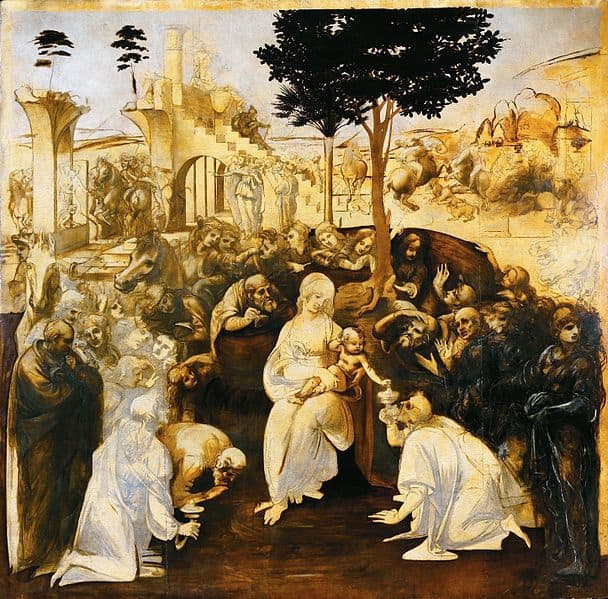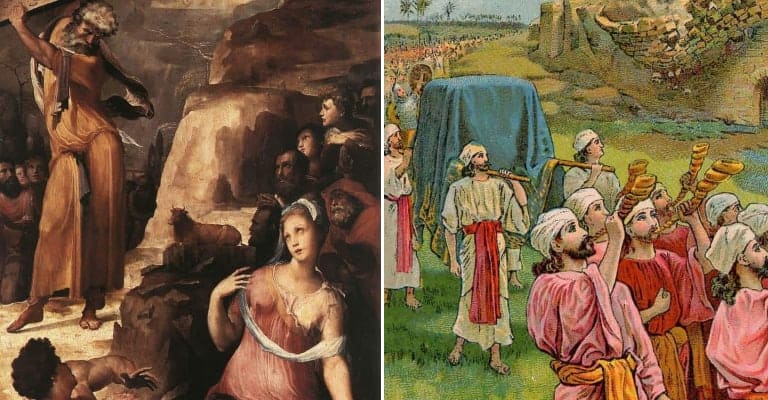When looking for examples of a group massacring their enemies mercilessly, often when they are all but defenseless, one need look no further than the Bible. The Old Testament and Hebrew Bible are rife with the tales of slaughter and mayhem. They are of course not alone, the citizenry of ancient towns were put to the sword in numerous instances, in multiple civilizations around the world, leaving behind archaeological evidence which provides scholars with an understanding of what occurred, though the motives are unclear. In some of the biblical narratives, the slaughter of the enemies of the Israelites is reported approvingly. In others, such as the slaughter of the Holy Innocents following the visit of the Magi to the young Jesus, the massacre is clearly reported with condemnation.

Massacres of groups considered to be pagans continued beyond the days of the bible and the wars of antiquity, including for example the killing of more than 4,000 Saxons, considered to be pagans, on the order of the Emperor Charlemagne as part of his military campaign to convert Lower Saxony to Christianity in 782. The Druids in Britain were largely destroyed in a massacre in Anglesey known as the Menai massacre, which led to the forced imposition of Roman religion in what was then Britannia, destroying not only the population, but their shrines and schools. The Romans themselves were the victims of massacres at the hands of the Huns and in Asia Minor on the order of Mithridates when at least 80,000 were murdered in multiple locations in a carefully planned mass liquidation.
Here are some of the grisly massacres of antiquity, including some of those described in the bible.

1. Moses commanded the massacre of those who worshipped the Golden Calf
The biblical story of the Golden Calf, made by Moses’ brother Aaron as the former was attending God on Mount Sinai, includes a massacre which is often overlooked, and another which did not happen. According to the story related in chapter 32 of Exodus an angry God, aware of what the Israelites were doing, told Moses that he would destroy the Israelites and Moses would become the father of a new people. Moses successfully dissuaded God from carrying out his promise, and God “repented of the evil He said He would do unto His people”. Moses returned to the Israelites, destroyed the stone tablets upon which God had written the Commandments, and then destroyed the Golden Calf in fire, ground the remains to dust, put them in water, and forced the Israelites to drink.
The Levites had not worshiped the idol, and Moses called the Levites to him, commanding them to arm themselves and, “go from gate to gate throughout the camp, and slay every man his brother, and every man his companion, and every man his neighbor”. According to the account in Exodus, chapter 32:26-28, the Levites did as Moses commanded, “and there fell of the people that day about three thousand men”. The Golden Calf and the incident of Israelite disobedience is referred to in later books of the Hebrew Bible, including in Nehemiah Chapter 9, but the ensuing massacre of three thousand by the Levites is not recounted there. Instead the passage stresses the forgiveness of the sin of idolatory.

